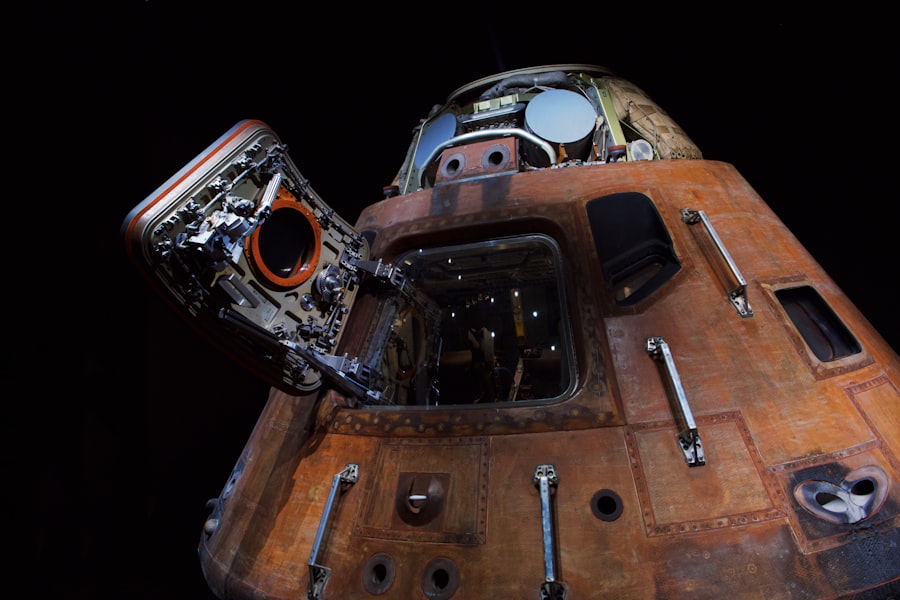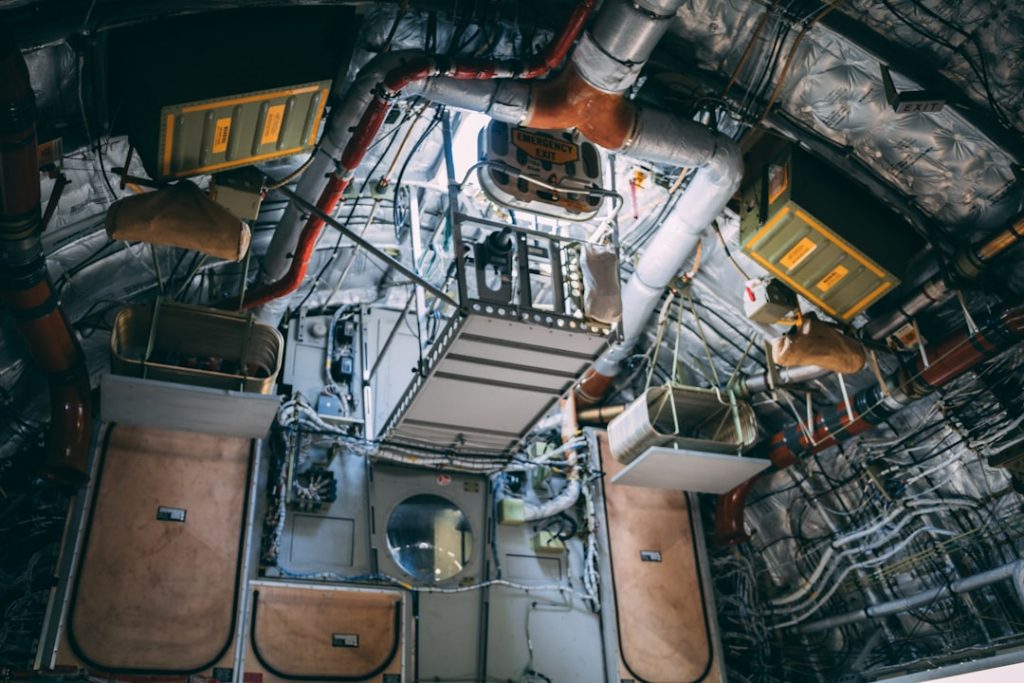Space exploration has captivated human imagination for centuries, evolving from mere speculation and myth to a tangible pursuit that has expanded our understanding of the universe. The quest to explore beyond our planet has been driven by a combination of scientific curiosity, technological innovation, and the innate human desire to discover the unknown. From the early observations of celestial bodies to the sophisticated missions that now traverse the solar system, space exploration represents one of humanity’s most ambitious endeavors.
The launch of Sputnik 1 in 1957 marked the dawn of the space age, igniting a race that would lead to monumental achievements such as the Apollo moon landings and the establishment of the International Space Station (ISS). The significance of space exploration extends beyond mere discovery; it encompasses a wide array of scientific, technological, and philosophical implications. Each mission not only seeks to answer fundamental questions about our existence but also serves as a catalyst for advancements in various fields, including materials science, telecommunications, and environmental monitoring.
As we stand on the brink of a new era in space exploration, characterized by increased international collaboration and private sector involvement, it is essential to understand the evolution of spacecraft technology and its pivotal role in shaping our future endeavors in the cosmos.
Key Takeaways
- Space exploration has led to significant advancements in spacecraft technology, enabling us to explore the universe and conduct scientific research.
- Spacecraft have played a crucial role in scientific research, allowing us to study celestial bodies, gather data, and expand our understanding of the universe.
- Advancements in propulsion systems are shaping the future of spacecraft, enabling faster and more efficient travel through space.
- Enhancements in communication and navigation systems are improving the capabilities of spacecraft, allowing for better data transmission and more precise navigation.
- The future of spacecraft is moving towards sustainable and renewable energy sources, as well as the development of robotic and autonomous systems for more efficient and cost-effective space exploration.
The Evolution of Spacecraft Technology
The journey of spacecraft technology is a testament to human ingenuity and perseverance. Early spacecraft were rudimentary, often limited by the materials and knowledge available at the time. The V-2 rocket, developed during World War II, laid the groundwork for future space vehicles by demonstrating the principles of rocket propulsion.
However, it was not until the mid-20th century that significant advancements began to take shape. The development of liquid-fueled rockets allowed for greater thrust and efficiency, enabling missions that could reach higher altitudes and eventually escape Earth’s gravitational pull. As technology progressed, so did the complexity and capabilities of spacecraft.
The Mercury and Gemini programs in the United States showcased advancements in human spaceflight, leading to the Apollo missions that successfully landed astronauts on the Moon. These missions relied on sophisticated guidance systems, life support technologies, and robust materials designed to withstand the harsh conditions of space. The introduction of reusable spacecraft, such as the Space Shuttle, revolutionized access to low Earth orbit by significantly reducing costs and increasing mission frequency.
This era also saw the advent of unmanned spacecraft, which have played a crucial role in exploring distant planets and gathering data about our solar system.
The Role of Spacecraft in Scientific Research

Spacecraft serve as vital instruments for scientific research, enabling us to gather data that would otherwise be unattainable. Unmanned missions have provided invaluable insights into planetary geology, atmospheric science, and astrobiology. For instance, NASA’s Mars rovers—such as Spirit, Opportunity, and Curiosity—have explored the Martian surface, analyzing soil samples and searching for signs of past life.
These missions have not only expanded our understanding of Mars but have also informed future human exploration efforts. Moreover, spacecraft equipped with advanced instruments have revolutionized our understanding of Earth itself. Satellites play a crucial role in monitoring climate change, natural disasters, and environmental degradation.
The Landsat program, initiated in 1972, has provided continuous satellite imagery that allows scientists to track changes in land use and vegetation over decades. Similarly, missions like the European Space Agency’s Copernicus program utilize a fleet of satellites to monitor air quality, ocean health, and deforestation. These observations are essential for informing policy decisions and fostering global cooperation in addressing environmental challenges.
The Future of Spacecraft: Advancements in Propulsion Systems
| Advancement | Propulsion System | Benefit |
|---|---|---|
| Ion Propulsion | Electric propulsion using ionized gas | Higher speeds and fuel efficiency |
| Nuclear Thermal Propulsion | Uses nuclear reactions to heat propellant | Increased thrust and shorter travel times |
| Solar Sail | Utilizes radiation pressure from sunlight | Continuous acceleration without fuel |
| Plasma Propulsion | Generates and accelerates plasma for thrust | High specific impulse and efficiency |
As we look toward the future of space exploration, advancements in propulsion systems are poised to redefine our capabilities. Traditional chemical propulsion has served humanity well but is limited by fuel efficiency and thrust-to-weight ratios. Emerging technologies such as ion propulsion and nuclear thermal propulsion offer promising alternatives that could enable faster travel times and longer missions.
Ion propulsion systems utilize electric fields to accelerate ions, providing a continuous thrust that can be sustained over extended periods. This technology has already been successfully demonstrated in missions like NASA’s Dawn spacecraft, which explored the asteroid belt. Nuclear thermal propulsion represents another frontier in spacecraft technology.
By using nuclear reactions to heat propellant, this system can achieve higher specific impulse compared to conventional chemical rockets. This could significantly reduce travel times to distant destinations such as Mars or even outer planets like Jupiter and Saturn. Research into these advanced propulsion systems is ongoing, with organizations like NASA and private companies investing in their development.
The potential for faster interplanetary travel could open up new avenues for exploration and even pave the way for crewed missions to destinations previously deemed too far or too challenging.
The Future of Spacecraft: Enhancements in Communication and Navigation
Effective communication and navigation are critical components of successful space missions. As spacecraft venture further into the solar system, maintaining reliable communication with Earth becomes increasingly challenging due to distance and signal delay. Future advancements in communication technology aim to address these challenges through innovations such as laser communication systems.
Unlike traditional radio frequency systems, laser communication can transmit data at much higher rates, allowing for more efficient data transfer from distant spacecraft. In addition to communication improvements, navigation systems are also evolving to enhance mission success rates. The development of autonomous navigation technologies enables spacecraft to make real-time decisions based on their surroundings.
This is particularly important for missions exploring complex environments like asteroids or planetary surfaces where pre-programmed trajectories may not suffice. By integrating artificial intelligence with advanced sensors, future spacecraft will be able to navigate autonomously while avoiding obstacles and optimizing their paths.
The Future of Spacecraft: Sustainable and Renewable Energy Sources

As humanity’s presence in space expands, so does the need for sustainable energy solutions for spacecraft operations. Traditional power sources such as chemical batteries have limitations in terms of capacity and longevity. Future spacecraft are likely to rely on renewable energy sources such as solar power or even advanced nuclear reactors designed for space applications.
Solar panels have already proven effective in powering satellites and rovers; however, advancements in solar technology could lead to more efficient energy capture and storage systems. In addition to solar energy, research into nuclear power systems for spacecraft is gaining traction. Small modular reactors could provide a continuous power supply for long-duration missions without relying on solar energy alone.
This would be particularly beneficial for missions to outer planets where sunlight is weak or for deep-space exploration where solar panels may not be feasible. By harnessing sustainable energy sources, future spacecraft can operate more efficiently while minimizing their environmental impact.
The Future of Spacecraft: Robotic and Autonomous Systems
The integration of robotic and autonomous systems into spacecraft design is transforming how we explore space. Robotic systems have already played a crucial role in planetary exploration; however, advancements in artificial intelligence are set to enhance their capabilities further. Future missions may deploy autonomous robots capable of conducting scientific experiments or performing repairs without direct human intervention.
This autonomy is particularly valuable for missions that venture far from Earth where communication delays can hinder real-time decision-making. Moreover, robotic systems can work collaboratively with human crews on long-duration missions. For instance, NASA’s Artemis program aims to return humans to the Moon by 2024 while utilizing robotic systems for tasks such as habitat construction or resource extraction.
These robots can operate in environments that may be hazardous for humans while also assisting astronauts with routine tasks, thereby increasing mission efficiency and safety.
The Potential of Spacecraft in Expanding our Understanding of the Universe
The potential of spacecraft in expanding our understanding of the universe is boundless. As technology continues to evolve, so too does our ability to explore distant worlds and uncover the mysteries of our cosmos. From advancements in propulsion systems that promise faster travel times to enhancements in communication that ensure reliable data transmission across vast distances, each innovation brings us closer to answering fundamental questions about our existence.
The future of space exploration is not just about reaching new frontiers; it is also about fostering international collaboration and inspiring future generations to pursue careers in science and engineering. As we embark on this new era of exploration—characterized by sustainable practices and autonomous systems—we stand on the precipice of discoveries that could redefine our place in the universe. The journey ahead is filled with challenges and uncertainties; however, it is also rich with opportunities for growth, understanding, and connection with the cosmos that surrounds us.


